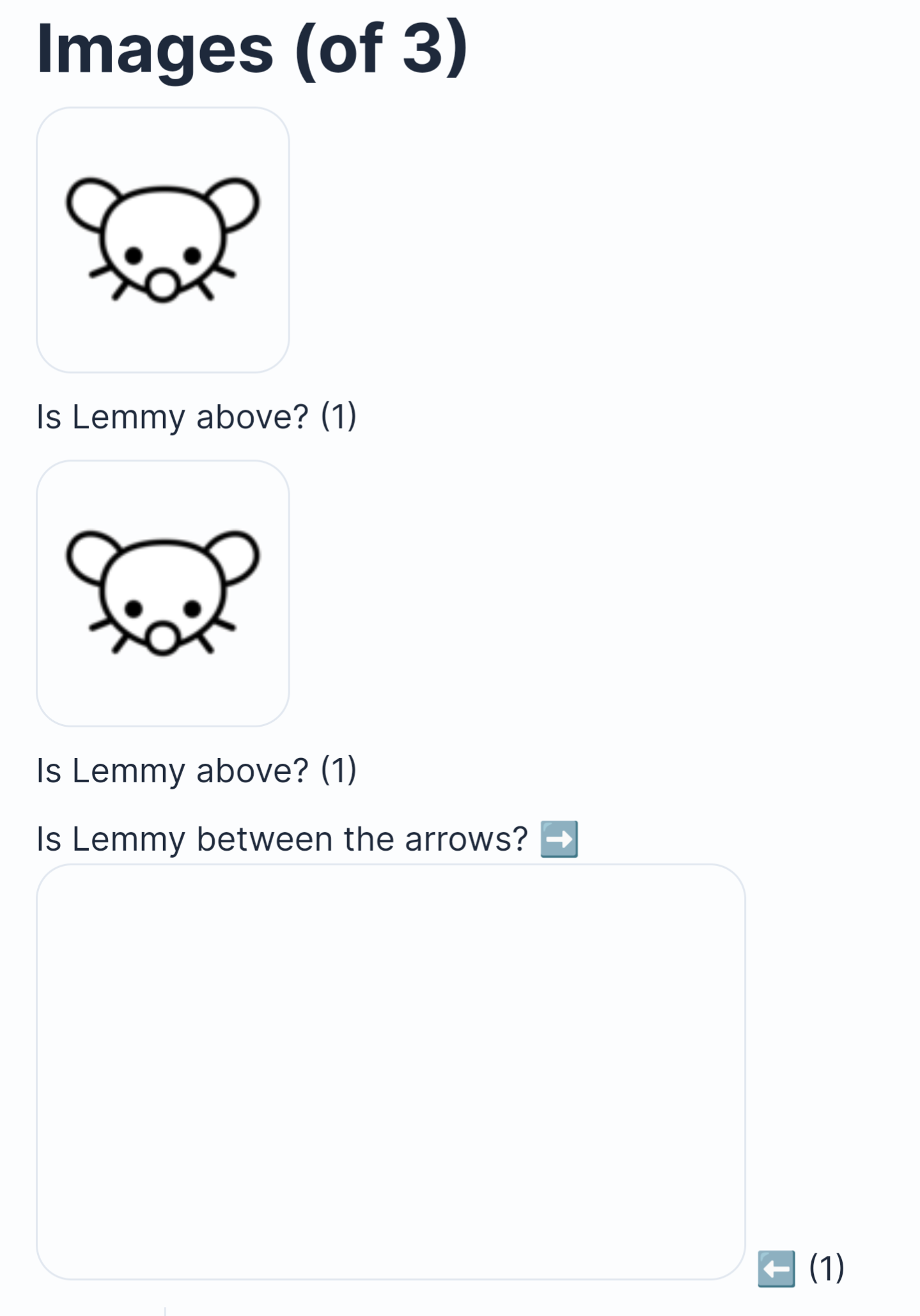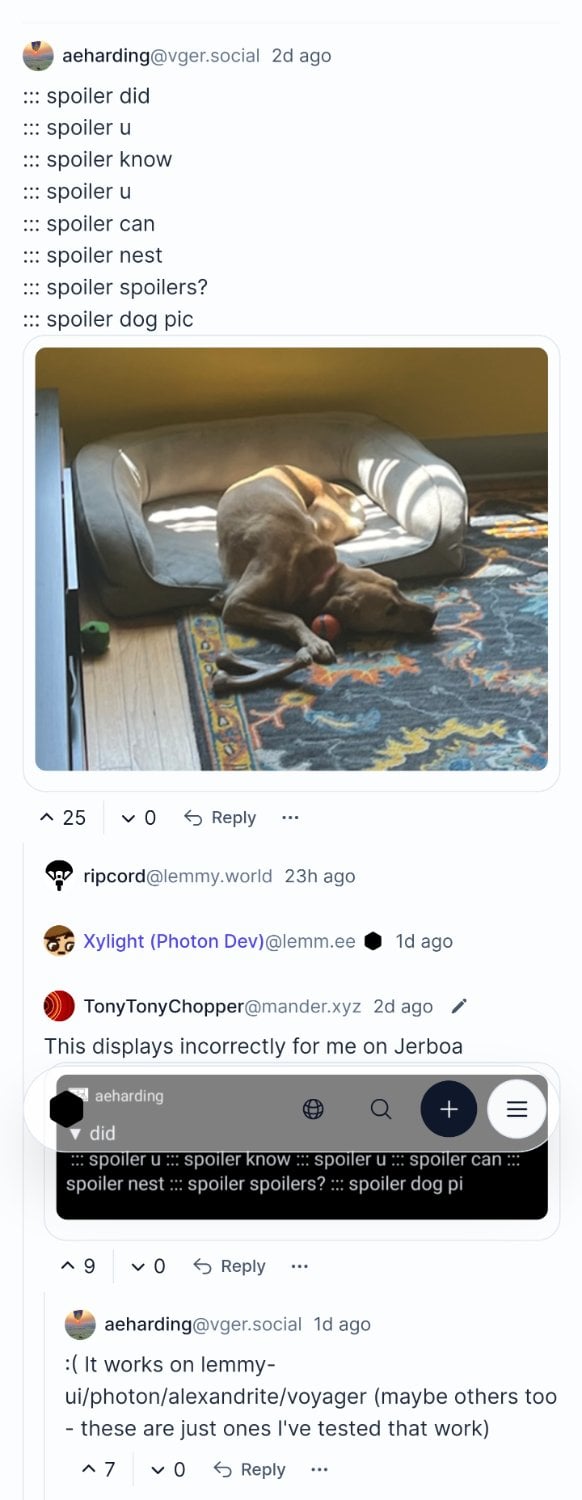

With Graphene, the recommended way is to use separate profiles, not Shelter or similar apps. Check out the official Graphene account on their forum:
https://discuss.grapheneos.org/d/12503-shelter-versus-native-gos-app-isolation-tradeoffs/10


With Graphene, the recommended way is to use separate profiles, not Shelter or similar apps. Check out the official Graphene account on their forum:
https://discuss.grapheneos.org/d/12503-shelter-versus-native-gos-app-isolation-tradeoffs/10


The pixel 8 was exciting because it was the 1st android smartphone which broke the usual 5 years of update cycle and jumped to 7 years.
The Pixel 8 also has MTE support.
Pixel 8 and Pixel 8 Pro are ARMv9 devices supporting hardware memory tagging…Hardware memory tagging is going to provide a massive increase to protection against remote exploitation for GrapheneOS users. It’s the biggest security feature we’ll be shipping since we started in 2014.
https://discuss.grapheneos.org/d/8439-mte-support-status-for-grapheneos



Found an issue. The “is Lemmy between the arrows.”
And another, the nested quotes…though aeharding says he tested Photon and it works for him. Odd



graphene OS. However, with the difficulty to install them, most people will choose not to
GrapheneOS is ridiculously simple.to install. EnableOEM unlocking, boot to fastboot, connect to PC. Then you press four buttons (wait for the buttons to say they’re done) on a browser. Super simple.
Granted, it’s harder than picking up your phone and using the OEM install, but that doesn’t make GrapheneOS difficult to install. The days of using exploits, flashing a custom recovery, flashing a zip, then flashing another for Gapps, maybe one for a kernel, etc…those days are over if you’re using a Pixel with GrapheneOS.


Can we work on expanding existing fiber so most places get at least a single gig fiber first?


Except it’s cheaper to pay their existing non-Linux developers to do something than hire a team of new developers for Linux.
They are expensive
Sometimes you get what you pay for, and…
I don’t want to give money to Google
I get that, but your purchase (the entire Pixel department, to be honest) is a drop in the ocean to their profits. They won’t notice you not buying one at all. You’re handicapping yourself in the mobile security arena (not being able to install GrapheneOS) to take the high ground and not effect a tech giant.
That aside, if you really don’t want to give Google, buy one from a reseller and not from the Google Store.


the head of the rider is the most important part
Shh, the AI is listening.
Firefox with uBlock Origin should always be your starting point.
Except Firefox is not secure on Android.
Avoid Gecko-based browsers like Firefox as they’re currently much more vulnerable to exploitation and inherently add a huge amount of attack surface. Gecko doesn’t have a WebView implementation (GeckoView is not a WebView implementation), so it has to be used alongside the Chromium-based WebView rather than instead of Chromium, which means having the remote attack surface of two separate browser engines instead of only one. Firefox / Gecko also bypass or cripple a fair bit of the upstream and GrapheneOS hardening work for apps. Worst of all, Firefox does not have internal sandboxing on Android. This is despite the fact that Chromium semantic sandbox layer on Android is implemented via the OS isolatedProcess feature, which is a very easy to use boolean property for app service processes to provide strong isolation with only the ability to communicate with the app running them via the standard service API.


so the tire on the bus
Ok, part of the bus.
the helmet of the motorcycle rider
The helmet is not part of a motorcycle. I will fail that captcha every time if it requires it.


Tubular
Updated 44 minutes ago. https://github.com/polymorphicshade/Tubular/releases
Vanadium has had basic adblocking for about 5 months.
https://github.com/GrapheneOS/Vanadium/releases/tag/122.0.6261.43.1


I know it does but you said “That kills the point of LibreTube bruh.” So if you can use a VPN, and there’s no point to slowing it down…it doesn’t sound like disabling it “kills the point” at all, like you first said.
Basically, your two messages contradict each other.


The sole point of LibreTube is to use piped proxies? Odd, you figure they wouldn’t include an option to make their entire app pointless.


the fork “NewPipe Sponsorblock”
Which one? Also…it has been less than 24 hours. Give them time to pull changes.


…said not even an act of God would convince him to…
Good. They need that separation of church and state.
Courtesy of Kagi’s Universal Summarizer.


They’ve taken everything subjective and unspoken about human interaction and reduced it to explicit, objective numbers. I’ve never felt so alive.
Yeah, I got the same reason when I asked about that issue with Android (GrapheneOS). I didn’t run into this issue on Windows. I don’t recall Mullvad running into this issue, either.
ProtonVPN has also been the only known app impacting GrapheneOS shipping a DNS leak fix due to “Proton is doing something weird” that other apps aren’t doing. Proton is also convinced they’re programing their app correct and aren’t open to fixing it…whereas Mullvad did when prompted.
Lastly…if the Killswitch and LAN access are mutually exclusive, why does Proton let me turn both on and not explain it? You’d think if you turned on the Killswitch, it would grey out the LAN access with a note saying you can’t have both. And if you try to turn on the LAN access with Killswitch on? It should pop up with a notification saying you can’t have both with a yes/no prompt to take you to the Killswitch settings to turn that off if desired.